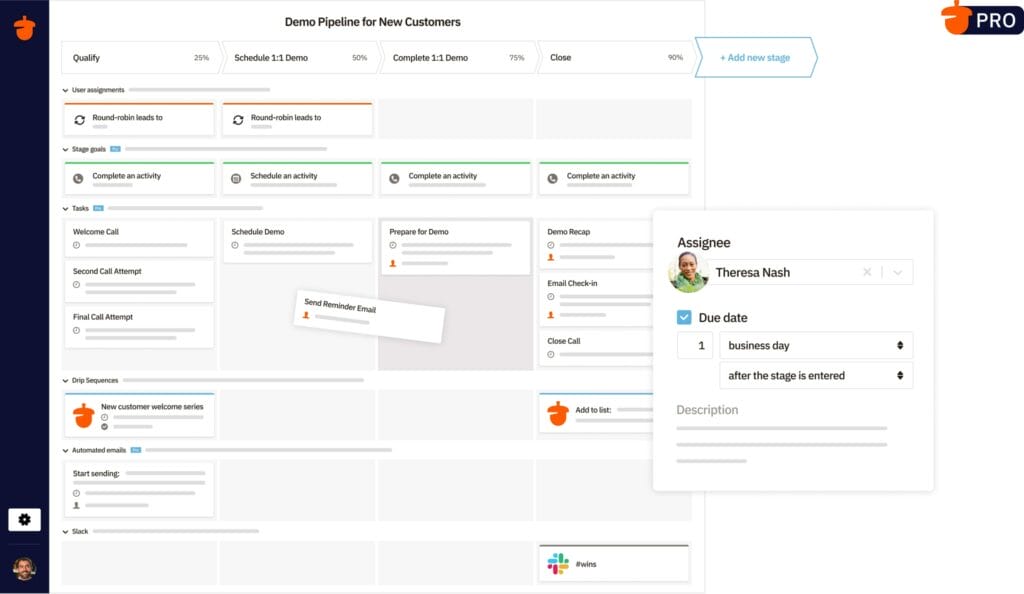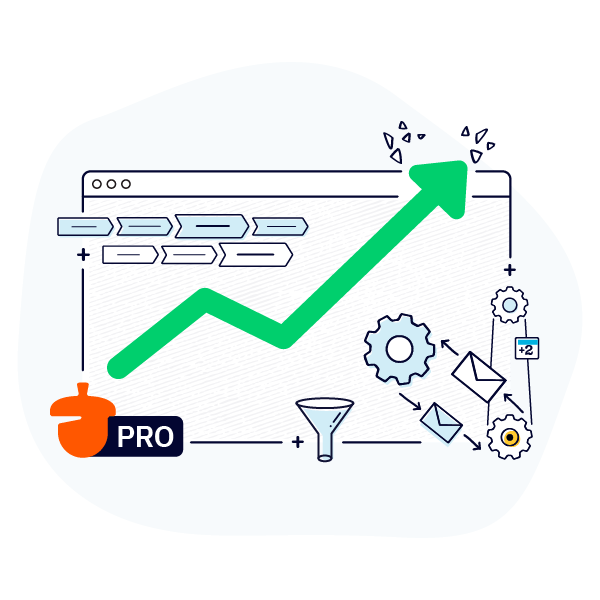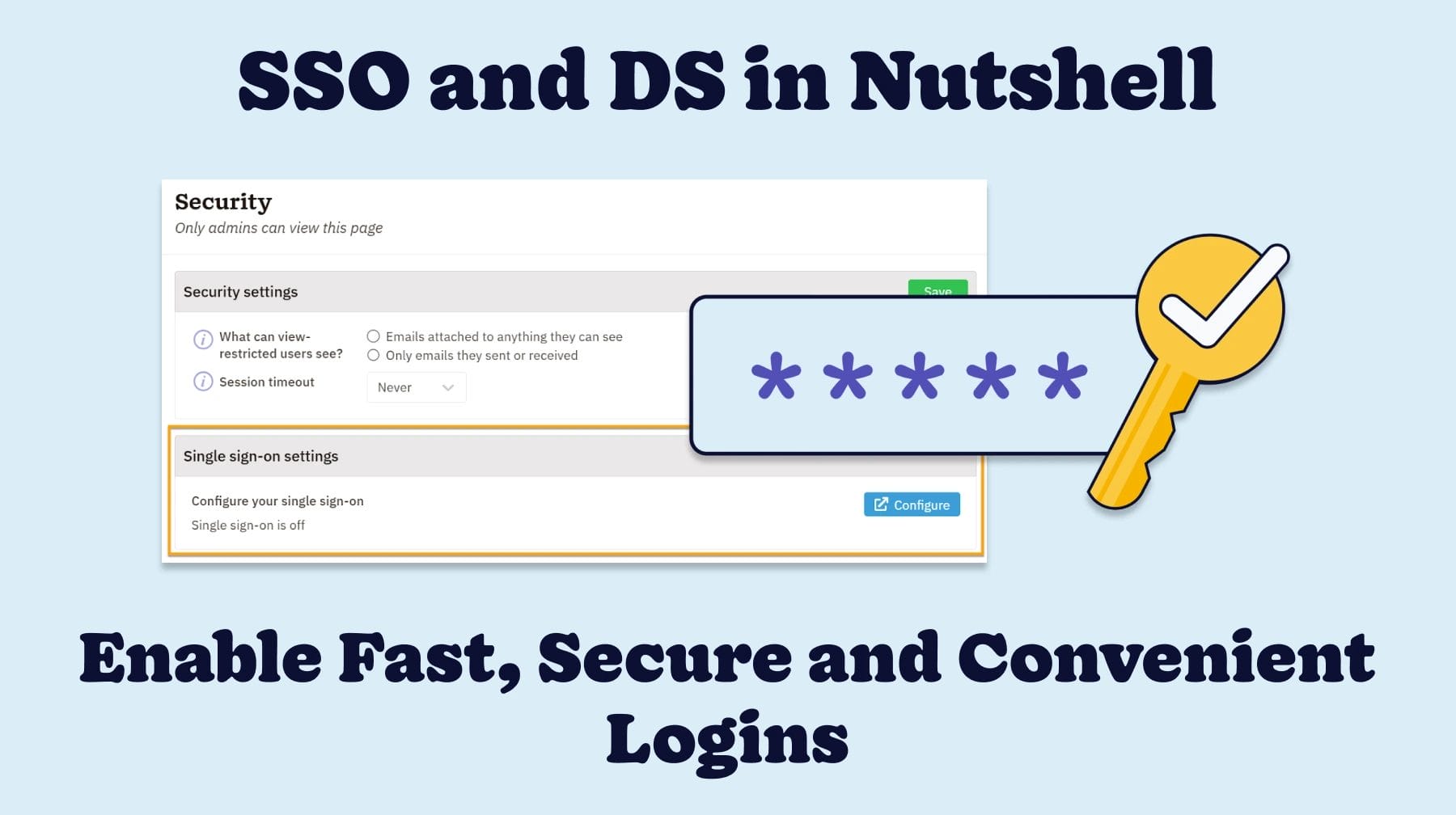
Building a sales pipeline is the process of mapping out the stages a prospect goes through from initial contact to closing a deal. You don’t have to be a career salesperson to build a sales pipeline or sales strategy. In fact, virtually every sale maps to a sales pipeline, whether intentionally or not.
An effective pipeline gives sales teams visibility into all opportunities and where each prospect stands, which helps in forecasting revenue and identifying bottlenecks.
Fortunately, building a basic sales pipeline is a straightforward process that’s built on a foundation of what already works for closing sales in your business. While it’s not a best practice, you could examine an unusually lucky sale and adjust your pipeline and process to replicate that success in the future.
Sales pipelines are dynamic and continuously evolving. That’s because sales pipelines organically adhere to whatever sales tactics and processes you’ve already established. And they’re super easy to build.
Although not advised, you can even analyze a particularly serendipitous sale and edit your sales pipeline and processes so that your future sales are more like that one.
Here’s what they don’t tell you:
Sales pipelines are constantly changing—always morphing. Creating a sales process is a lot like perfecting a recipe. Every time you implement it, you see what works and what doesn’t and refine it little by little.
It’s not math, it’s science.
💬 ChatGPT
🔍 Perplexity
🤖 Claude
🔮 Google AI Mode
🐦 Grok
Sales pipelines are a critical tool for understanding your company’s sales process, what needs improvement in your sales operations, and what your deals need from you to move forward toward a sale.
Before we dive into how to build a sales pipeline, let’s cover the role your pipeline plays in your sales success.
A sales pipeline is the series of ordered steps a prospect travels through on their journey to becoming a customer. Sales pipelines are defined by stages, which are loose categories detailing how the prospect should be interacted with.
Sales pipelines vary from business to business and even from product to product. They are meant to help determine which route a prospect can take to become a customer. Based on how easily prospects convert between specific stages, it’s also easy to analyze a sales pipeline and determine which stages need more fine-tuning.
For instance, if about 25% of prospects make it to each subsequent stage, except only 10% make it through the pitching stage, it might mean that your pitch requires some work, or maybe other details aren’t being adequately addressed leading up to this stage.
People conversationally misconstrue sales pipelines and sales funnels. From an operations perspective, a sales funnel is something else entirely.
We’ll leave the deep analysis of their key differences for another article, but in a nutshell, the difference between a sales funnel and a sales pipeline is this:
Whereas the sales pipeline is a series of stages, the sales process is a series of actions you and your salespeople need to complete that correspond to each pipeline stage.
Although often used interchangeably, the big difference is:
Remember, your prospect works their way through the pipeline, and you work your way through the sales process. The process serves as a tactical playbook of sales techniques that help get the prospect through the pipeline more effectively. Research by CSO Insights found organizations that have a well-defined sales process and effective pipeline management enjoy 18% higher win rates compared to those with informal processes.
Related: Why your sales team needs a standardized sales process
In recent years, sales organizations have put greater emphasis on formalizing their sales pipelines – nearly half of executives admit their company is ineffective at pipeline management.
As a result, sales leaders are focusing on creating clear pipeline stages and standardized sales processes to improve win rates and predictability.
Companies with excellent sales pipeline management achieve 33% higher revenue growth than those with poor pipeline practices. In one study, firms with formal pipeline processes saw 28% year-over-year growth in pipeline vs. a 7% decline at companies with ineffective management. This illustrates how structured pipeline strategies translate into better results.
The bottom line is that pipeline management is key to effective sales process implementation and bottom-line results.
For more information on how to effectively manage your sales pipeline, check out our series of posts on pipeline management for different industries.
No two sales pipelines are identical, but many are similar. Here’s a straightforward sales pipeline example that most successful sales pipelines are built upon:
You have to generate leads before you have any deals in your sales pipeline. Lead generation is the process of getting people interested in your products or services. While many of the leads you generate may never buy, some will — and it’s vital that you find them.
Typically, increasing brand awareness through marketing efforts is a great way to generate leads. There are many ways to find leads for your pipeline, including:
In the qualification stage, you, your company, your salespeople, etc., determine whether a prospect is a good fit for your product or service. There’s a lot to find out in the qualification stage, including:
This stage really serves to save you time because trying to pitch your product or service to someone who’s not interested will only hurt you in the long run.
The meeting stage exists for the prospect to get a good, personalized look at what your product, service, or offer really does. Most of the time, this can be accomplished during a Zoom meeting or a phone call.
The meeting stage is also the point in your sales pipeline where video demos and webinars come into play. Especially for online businesses and B2B sales models, pre-recorded videos are an excellent way to consolidate all the questions that a prospect typically asks and answer them upfront in a constructive way.
It’s also a good idea to be available to prospects through other channels, like email, social media messaging, and live chat.
If (and only if) a prospect is a good fit, you’ll demonstrate your solution in the pitching stage. The goal is to generate some interest, and your sales process should be thoughtfully crafted in order to do this as best as possible.
Remember that this stage is a two-way conversation with the prospect. Inviting them to share questions and objections is crucial so you can learn how to serve them better. And if you’re trying something new, their feedback will directly inform your sales process so that your pitch keeps getting better and better for future prospects.
The closing pipeline stage is where the actual deal is negotiated. You or your sales team will need to answer any last-minute questions, and a contract or bill will be sent to the prospect for signing.
Use our sales process worksheet to standardize your most effective sales efforts and close more deals.

Unfortunately, building a sales pipeline isn’t a set-it-and-forget-it kind of operation. When your salespeople interact with prospects, they’re gaining valuable information about optimizations that can make the experience better for prospects in the future. Sales pipelines are constantly being improved.
That’s why it’s a good idea to build your own sales pipeline rather than use a set formula. Here are a few more benefits of building your own sales pipeline:
Creating your own sales pipeline takes some thought, but the benefits are worth the investment. Here’s how to build a sales pipeline in five easy steps:
The first thing you should do when building a sales pipeline is to narrow down exactly who you want in that pipeline. Not every interested person is an ideal customer–defining an Ideal Customer Profile (ICP) helps your team focus on high-potential leads and avoid wasting time on poor fits.
Engaging in market segmentation is a good idea for determining who you should target for your pipeline. You’ll start by conducting research, then create customer segments you can target with marketing campaigns to generate leads.
It’s helpful to ask questions like:
Every sales pipeline has its own unique processes behind it, which vary from company to company. The stages, however, are usually similar. Of course, they’ll look different based on your industry and company needs, but pipeline stages generally follow a pattern.
The pattern most pipelines follow reflects the customer’s journey to gaining awareness and interest, engaging with the company, and eventually making a purchasing decision.
In a typical sale, the buyer’s journey includes the following key decision phases:
The sales pipeline that you build will include stages that acknowledge each of these steps in the buyer’s journey and maximize your team’s chances of engaging with them, anticipating their objections, and providing the answers they need to take the next step.
Building a sales pipeline starts with some knowledge of how the typical buyer’s journey plays out at your company. Do you have a formal qualification process? Does your meeting phase include pre-recorded videos? Does each sales pitch require some customization?
Since each step in your company’s sales process corresponds to a pipeline stage, you can easily create a pipeline built from the tasks and activities your sales team finds successful. For example:
Qualification activities include:
Meeting activities include:
Pitch activities include:
Closing activities include:
Once you’ve built your sales pipeline, it’s time to implement it in your sales process — but how? Manually keeping track of all the actions sales reps have taken with leads can be difficult and time-consuming. Instead, consider investing in a customer relationship management platform (CRM) that helps your team easily identify where leads are in the pipeline and maximize every opportunity.
CRMs are highly beneficial tools for organizing contact information and tracking leads as they move through your sales pipeline. They’re especially helpful if you have a long sales cycle or a complicated process that would be difficult to track with a spreadsheet.
Here are a few benefits of using a CRM in your sales process:
The CRM you choose can also make or break your team’s success at managing your sales pipeline. For example, Nutshell’s sales automation features give you complete control over designing your pipeline, automating tasks, and providing guidance to your team to make sure no one ever misses a step.
Nutshell allows you to create custom pipelines to suit your business’s sales needs. Each pipeline stage represents a different step in your prospect’s journey. Upon creating a pipeline, a default template is shown, which can be changed to resemble your own company’s sales pipeline.

From there, stages can be named and given custom parameters that determine things like:

Most importantly, Nutshell CRM allows users to add automation to each stage in the sales pipeline so that certain repeatable actions are automatically performed for each stage in the pipeline.
For example, you can trigger a personalized email sequence or notify a specific salesperson when a lead is ready for a phone call. With automation, each pipeline stage can automatically get its own special treatment.

Nutshell’s pipeline management features also let your reps view and filter your pipeline in a way that works best for them. They can also mark leads as hot to prioritize the most valuable opportunities.
Join 30,000+ other sales and marketing professionals in signing up for our free Sell to Win newsletter!

Even after you’ve created an effective sales pipeline and implemented it into your team’s process, the work isn’t done. It’s essential to continue reevaluating your pipeline and determining whether it’s working the way it should for your team.
For example, if you notice a large number of leads dropping off at a particular stage, you may want to test new approaches during that stage. If a particular communication channel worked especially well in another stage, you could integrate that channel into the stage you want to improve.
It’s up to you and your team to determine whether your pipeline works. Analyzing sales results is helpful, but consulting with your sales reps to determine which pipeline stages are necessary is also important.
As highlighted earlier in this blog post, creating a sales pipeline from scratch offers many advantages. However, it can also pose challenges for businesses, especially those unfamiliar with structured sales processes.
A common challenge businesses face is a need for more clarity around their unique customer journey and sales cycle. With this understanding, guiding prospects effectively through each phase becomes easier.
Additionally, building a sales pipeline without a well-defined lead qualification stage can result in overinvesting in leads that aren’t likely to convert. On the other hand, it may also lead to valuable missed opportunities.
Once you’ve created your sales pipeline, you must follow through and maintain consistent communication throughout. If your sales pipeline is built and in place, your team needs to stay committed to their follow-ups to avoid stalled deals.
Your marketing and sales teams must be aligned for your sales pipeline to be successful. If the pipeline isn’t regularly maintained and refined, gaps can emerge between these teams, ultimately affecting overall performance. Clear communication and collaboration are vital to ensure everyone works toward common goals.
While you’re learning how to build a sales pipeline, questions are bound to come up. Check out these frequently asked questions for the answers you’re looking for:
Building a sales pipeline from scratch requires some thought, but it may only take a few hours or days. However, thinking through which stages and activities you need to complete with leads throughout the buyer journey is an ongoing process.
Your team will move leads between pipeline stages whenever they’ve accomplished the tasks you outlined for the previous stage or when the lead meets your criteria for advancing. This process will look different depending on your company’s unique sales pipeline. For example, if you’ve determined that sales reps need to host a demo for stakeholders and hold a follow-up call during the pitch stage, you can move the lead to the closing stage once those actions have been taken.
Once your sales pipeline is built, the next step is ensuring your team understands how to navigate it effectively. Start by providing a thorough pipeline overview, emphasizing its various stages and key performance indicators.
To enhance training, incorporate role-playing scenarios that allow team members to practice qualifying leads and nurturing relationships at each stage. This will also help identify areas for improvement in the pipeline.
Offer hands-on training with your integrated CRM to familiarize the team with tracking tools and reporting features. Regularly review pipeline performance together, discussing successes and opportunities for enhancement.
Finally, foster an environment of open communication, encouraging team members to share best practices and support one another in managing their pipelines effectively.
Knowing how to build a sales pipeline — and continue refining it — can help your sales team work more effectively and capitalize on opportunities, ultimately leading to more sales.
If you’re looking for a tool to help you get the most out of your pipeline, look no further than Nutshell. Our award-winning CRM helps businesses gain visibility into their pipelines so they can generate more revenue. With an easy-to-use interface and tons of powerful sales and marketing features, Nutshell takes the frustration out of selling.
With Nutshell, you have the option to create a pipeline from scratch, tailoring it to your specifications. You can also choose from one of our robust, ready-made pipeline starter packs, equipped with stage goals, tasks, automations, and more to match your sales process, and use our draft pipelines to test and fine-tune your process before activating it.
If this is your first introduction to sales pipelines, be sure to reach out to Nutshell’s support team for help. We’ll even import your data into Nutshell for free!
Try Nutshell for yourself by starting a free 14-day trial!
NO CREDIT CARD REQUIRED



Join 30,000+ other sales and marketing professionals. Subscribe to our Sell to Win newsletter!
